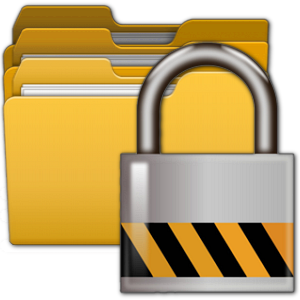
File Protect System - LE
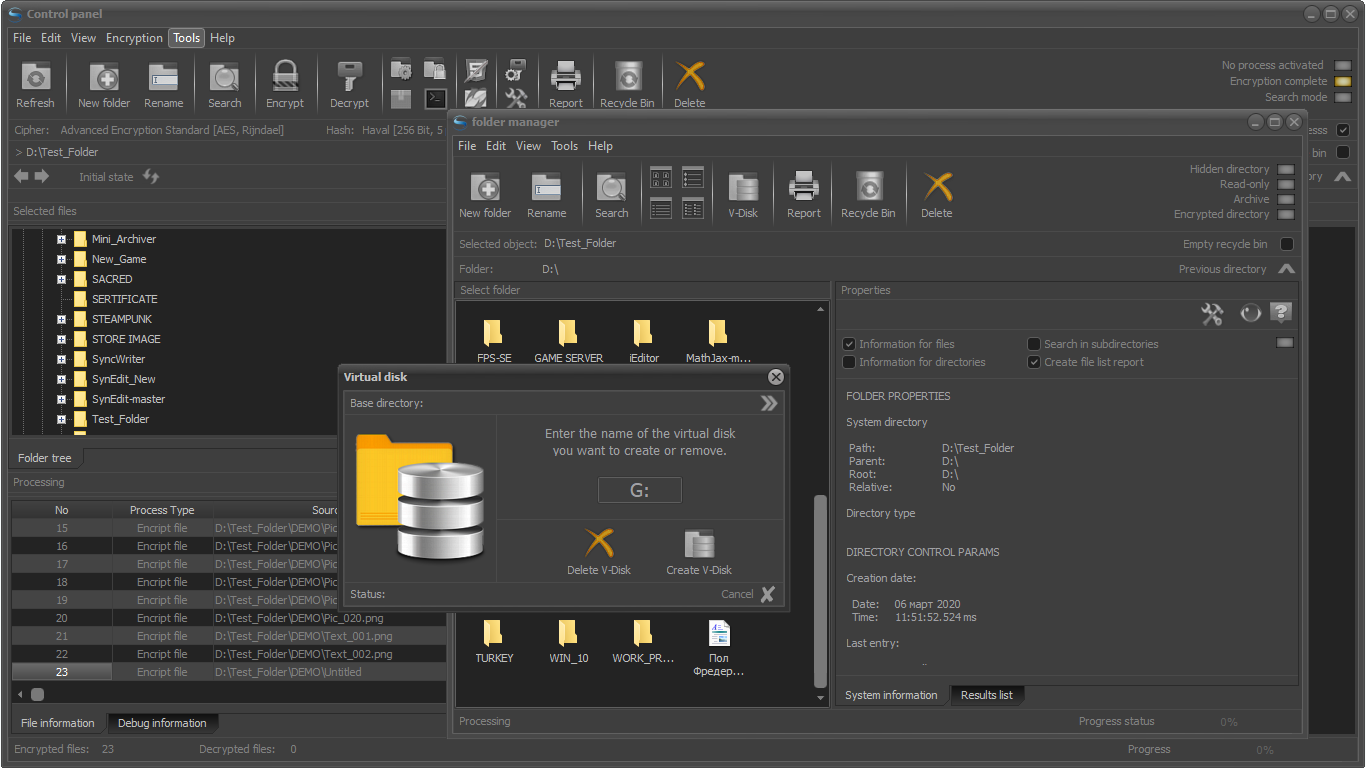
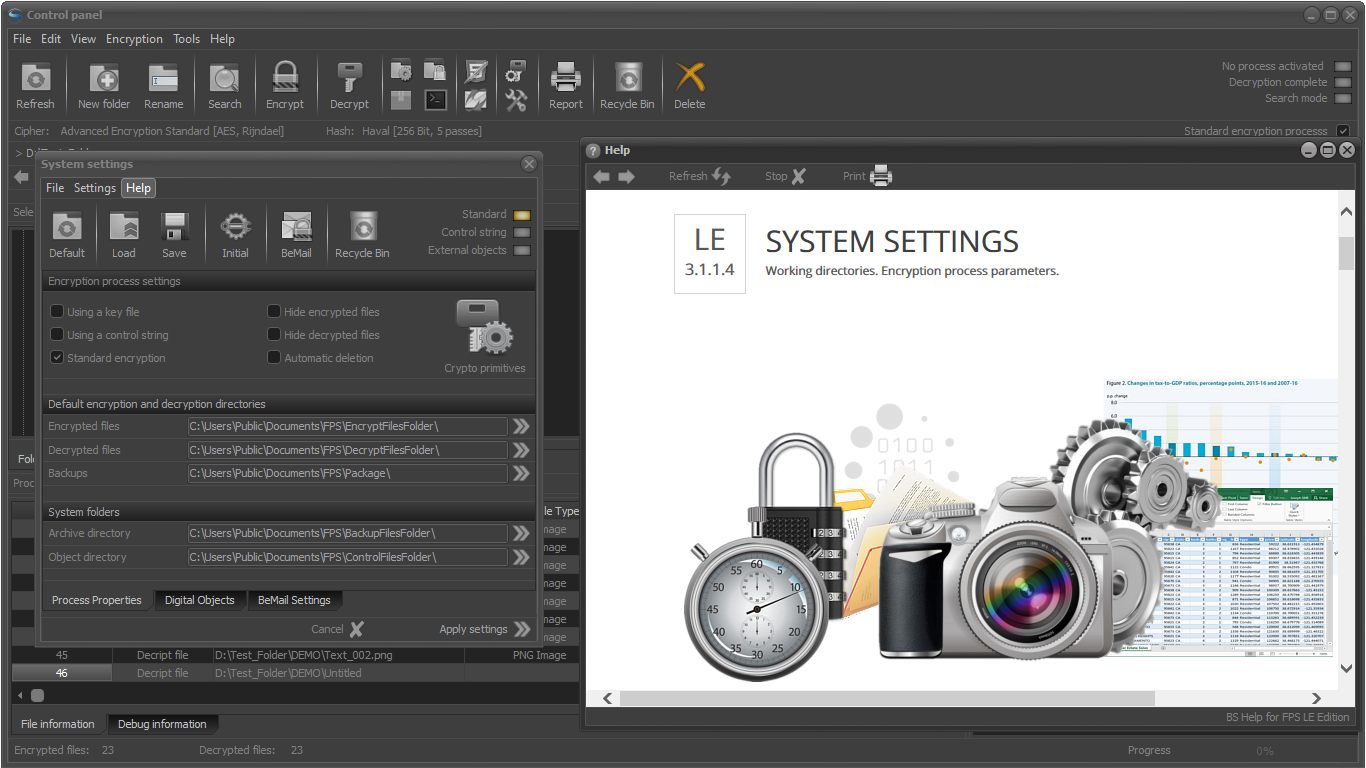
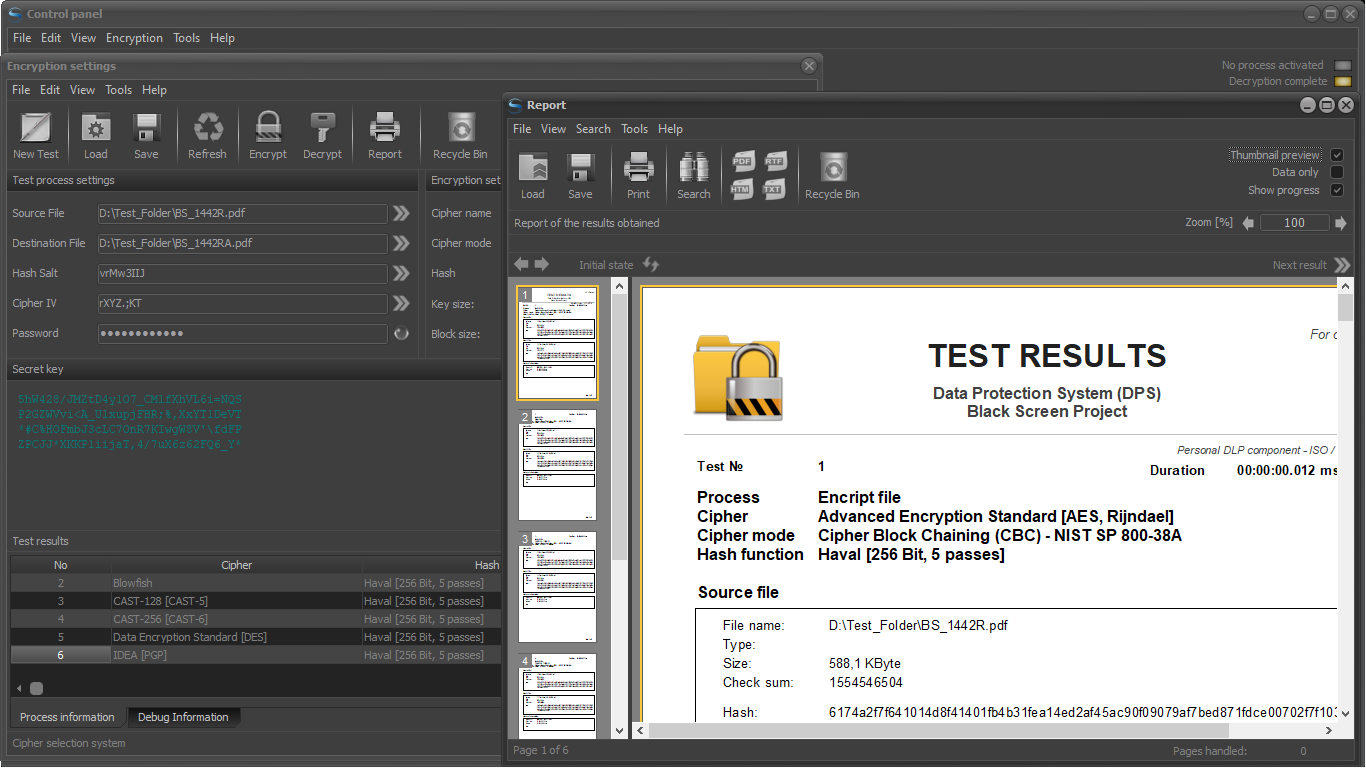
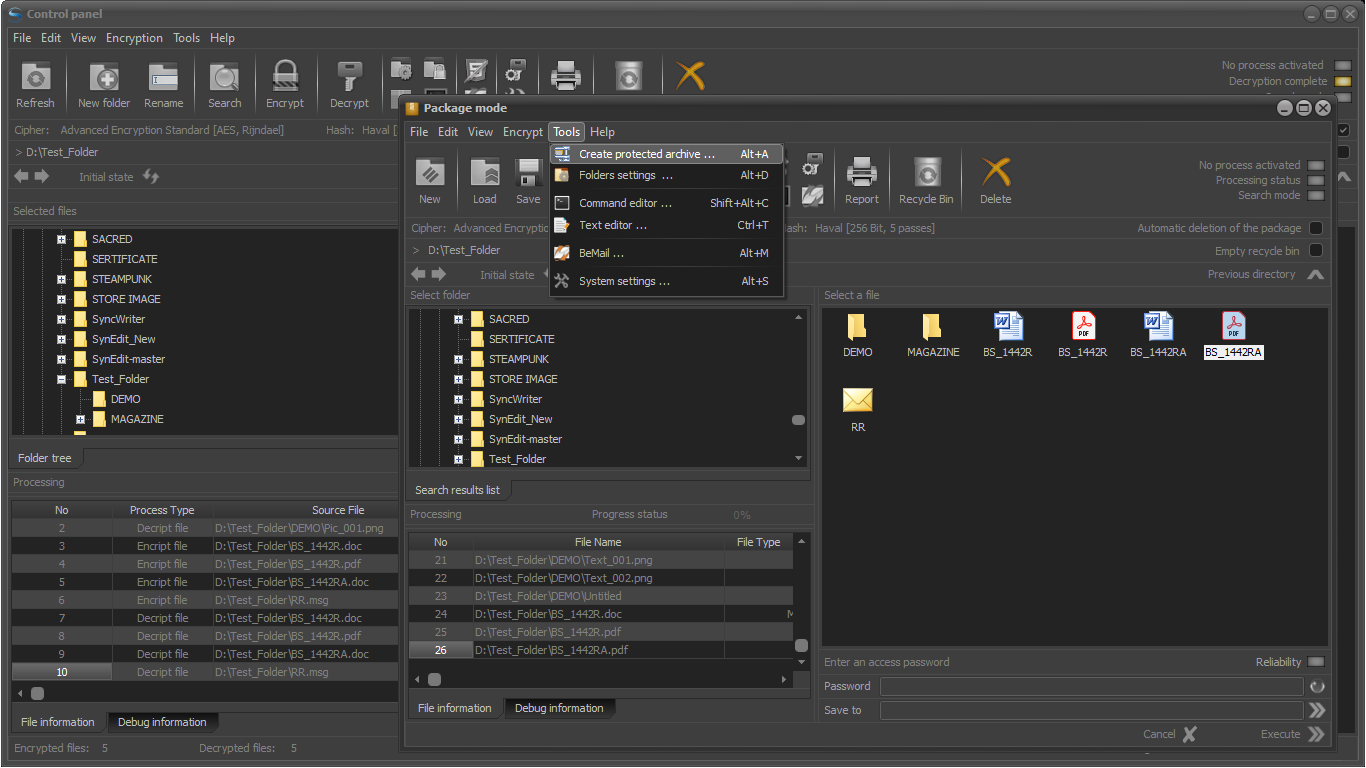
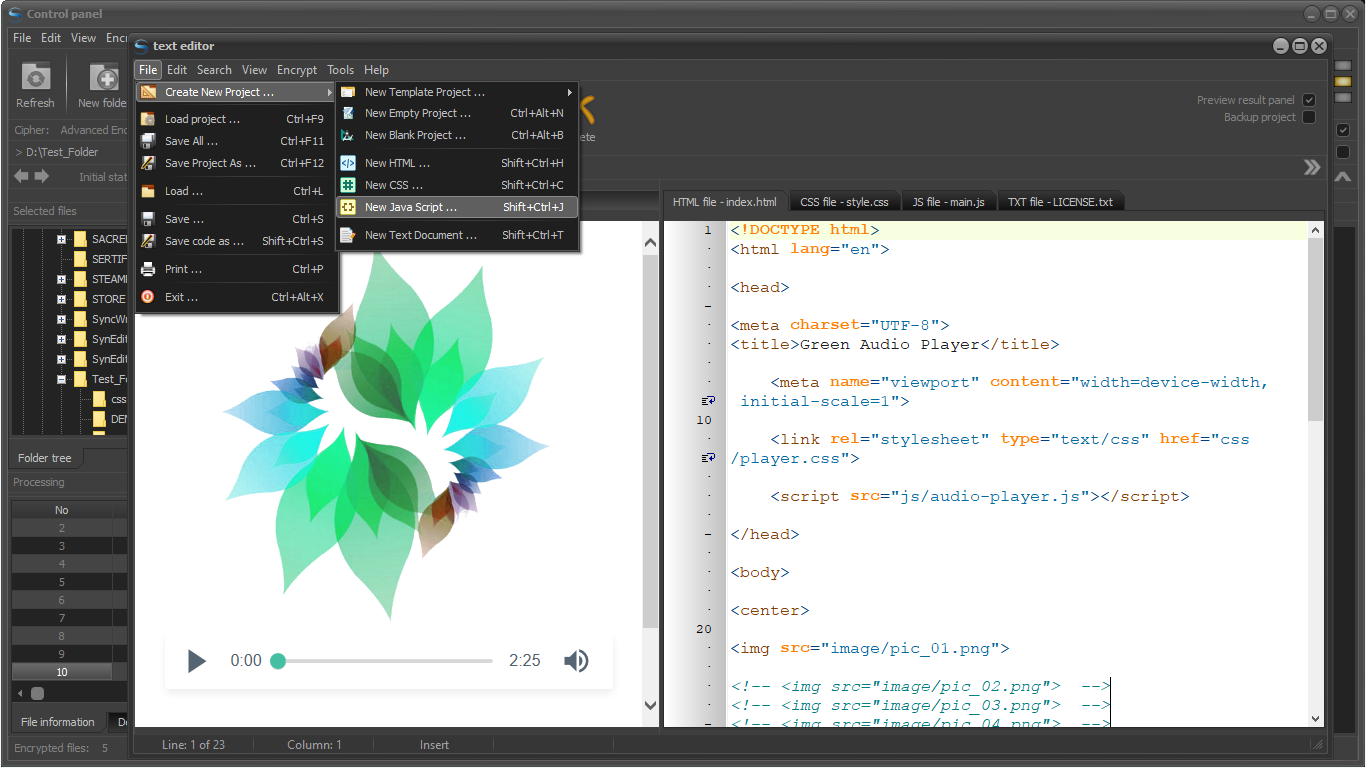
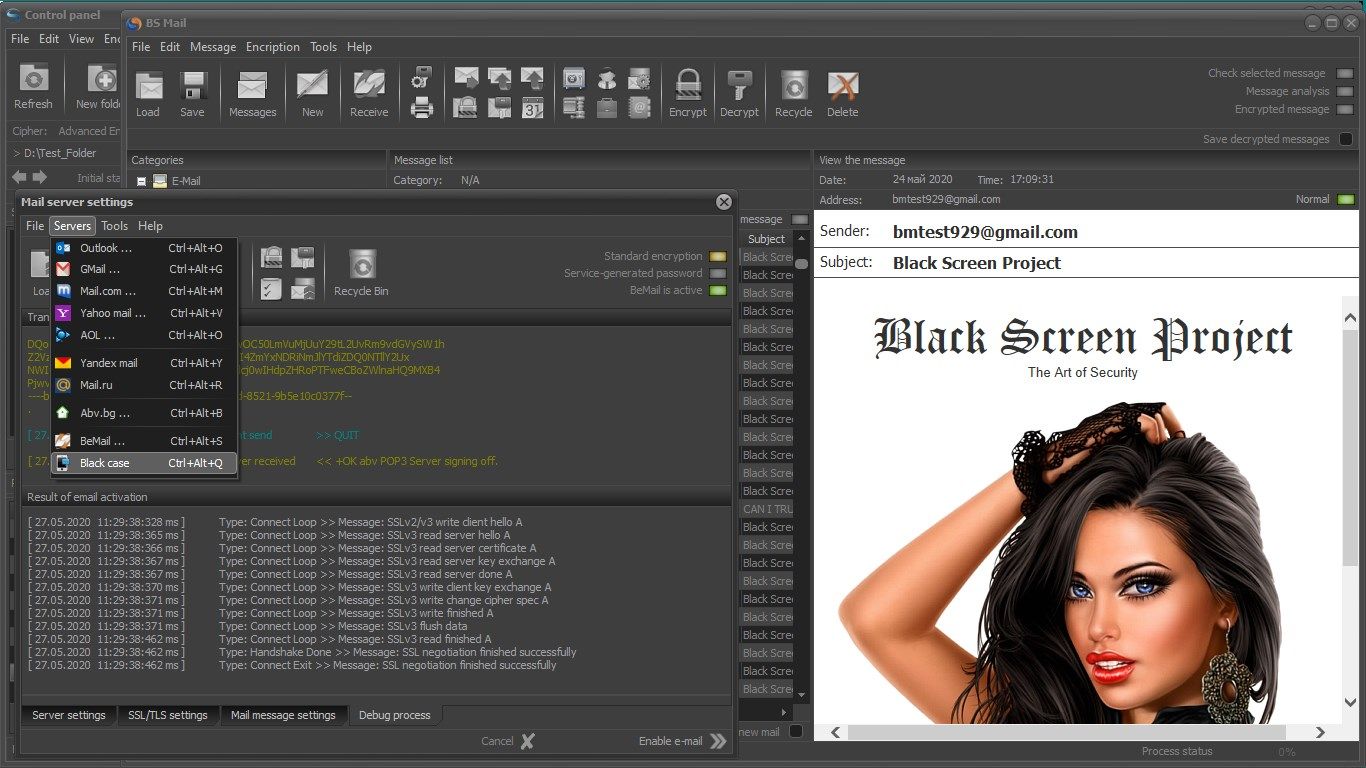
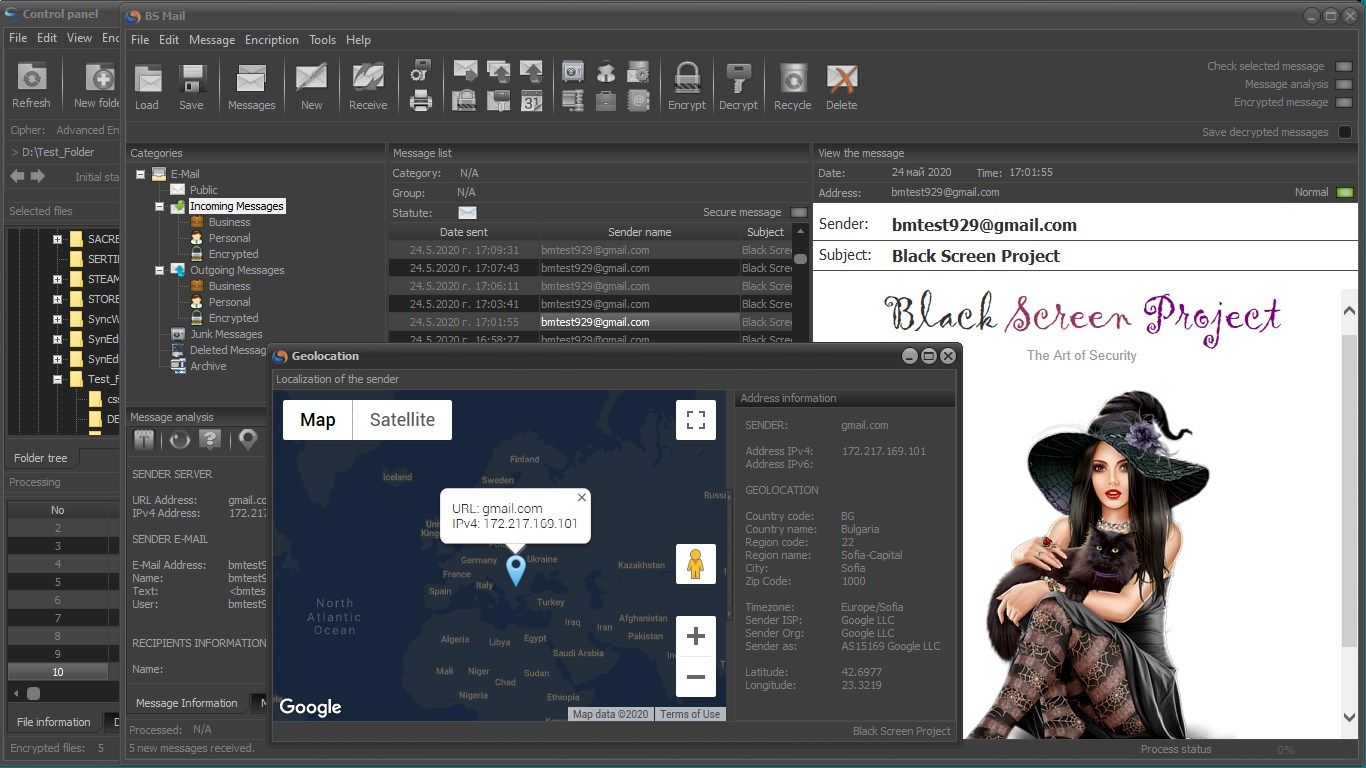

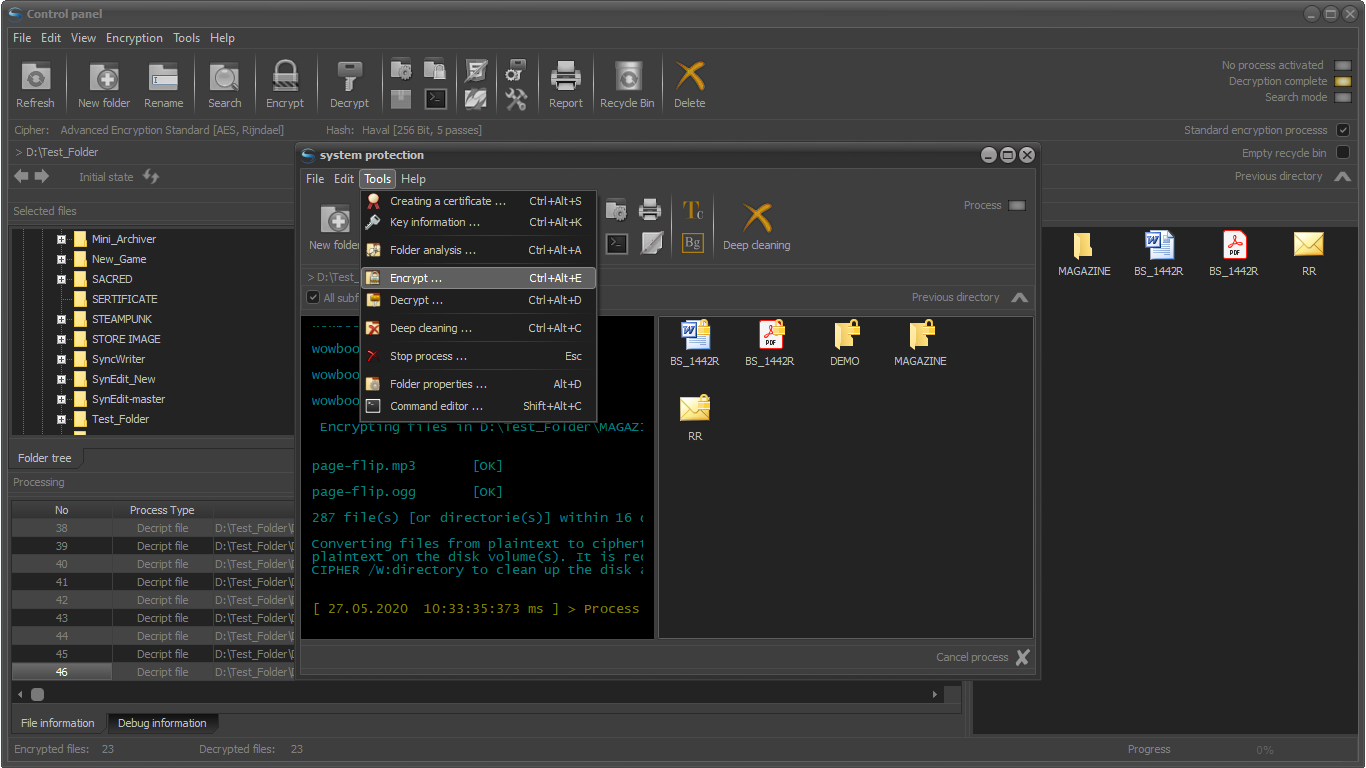
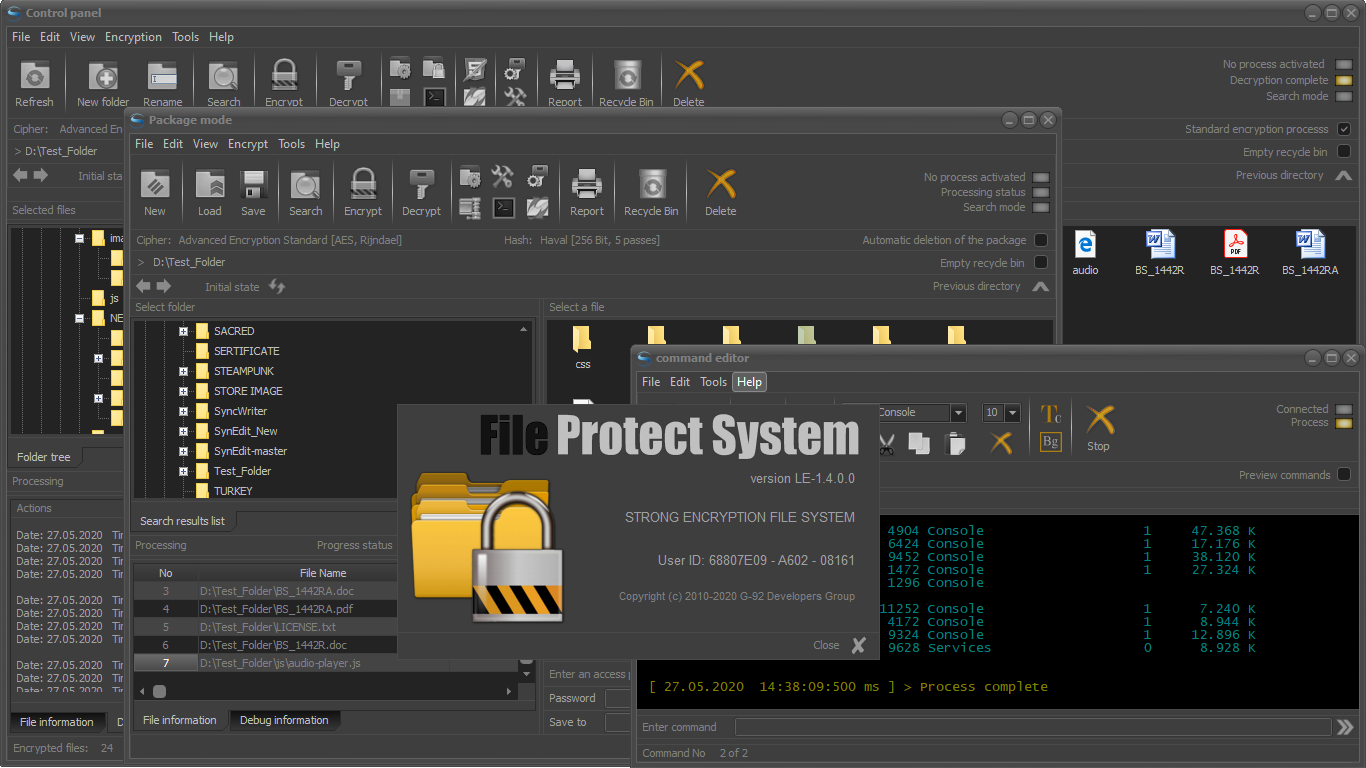
App details
About File Protect System - LE
File Protect System (FPS) is a professional solution for the personal data protection.
The application can be used alone to encrypt files and folders, or as a component of a complete cyber defense system.
FPS allows you to build a reliable confidential information exchange system using embedded e-mail client.
The application provides the user the option of choosing an encryption algorithm. Encryption can be done using a password or a digital objects (images or arbitrarily chosen file). Encrypted files can be stored on the local disk, on a server, on external storage or in the cloud.
With FPS you can create packages of protected files. This feature is extremely important when creating archives or backups of critical information.
If necessary, all processes can be documented in real time, allowing for subsequent analysis and optimization.
The application complies with the requirements of the EU General Data Protection Regulation (GDPR)
The standard encryption algorithms used in the application are validated within NIST’s Cryptographic Module Validation Program (CMVP). FPS was developed in accordance with the requirements of ISO 9797 and ISO 9798-2. The development process complies with the requirements set out in ISO / IEC 15408-1, which guarantees high reliability.
File Protect System can convert any computer with an Windows operating system installed to extremely powerful cipher machine as used by special services and government agencies.
The application includes the following standard encryption algorithms:
Advanced Encryption Standard (block size of 128 bits, key lengths: 128, 192 and 256 bits)
Blowfish
Haval (256 bit, 5 passes)
CAST-128 (CAST-5)
CAST-256 (CAST-6)
Information Concealment Engine (ICE)
Information Concealment Engine 2 (ICE-2)
ICE Encrypt
MISTY-1 (Mitsubishi Improved Security Technology)
Ron’s Code 2 or Rivest’s Cipher 2 (RC-2)
Ron’s Code 4 or Rivest’s Cipher 4 (RC-4)
Ron’s Code 5 or Rivest’s Cipher 5 (RC-5)
Ron’s Code 6 or Rivest’s Cipher 6 (RC-6)
Serpent
Tiny Encryption Algorithm (TEA)
Twofish
Affordable hash functions:
Secure Hash Algorithm 1 [SHA-1]
RIPEMD-160
Haval [256 Bit, 5 passes]
Message Digest 5 [MD-5]
Message Digest 4 [MD-4]
Tiger
RIPEMD-128
SHA-256 (SHA-2 family)
SHA-384 (SHA-2 family)
SHA-512 (SHA-2 family)
Accordance with accepted standards:
ISO 10116: Information Processing — Modes of Operation for an n-bit block cipher algorithm.
ISO 9797: Data cryptographic techniques — Data integrity mechanism using a cryptographic check function employing a block cipher algorithm.
ISO 9798-2: Information technology — Security technicues — Entity authentication mechanisms — Part 2: Entity authentication using symmetric techniques.
ISO 10118-2: Information technology — Security technicues — Hash-functions — Part 2: Hash-functions using an n-bit block cipher algorithm.
ISO 11770-2: Information technology — Security technicues — Key management — Part 2: Key management mechanisms using symmetric techniques.
Key features
-
Encrypt files and directories using a password.
-
Send/receive encrypted files and messages.
-
Encrypt files and directories using any file (Object Relation Encryption - ORE).
-
Choice of twelve encryption algorithms and ten hash functions.
-
Use digital image elements to generate secret keys (Object Relation Encryption Component).
-
Real time process control.
-
Reporting of the actions taken.
-
Packet mode for file and directory handling on different devices.
-
Ability to turn any computer into a professional encryption machine.
-
Create archives with a high level of content protection.
-
Interface that most approximates File Explorer.
-
Create strong protected data case.